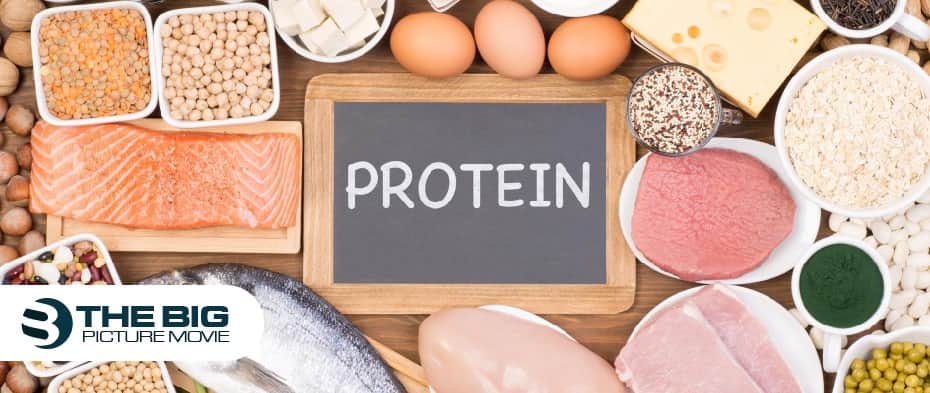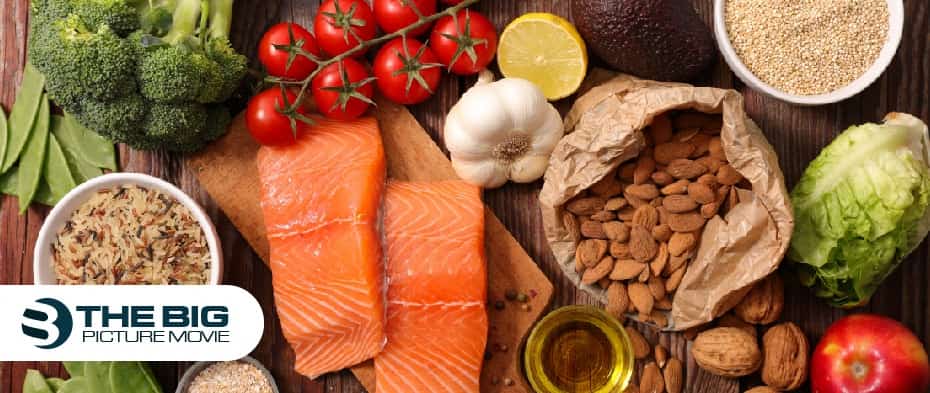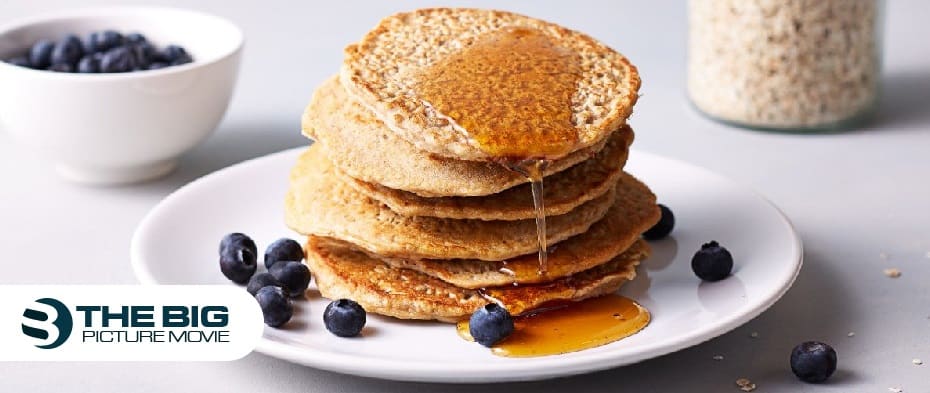
10 ways to Get More Protein Intake in your Diet
Human bodies are still unaware that how to get more Protein. Since, Protein is found in virtually every body part or tissue, including muscle, bone, skin, and hair. It is the component of the enzymes that drive numerous chemical reactions and the hemoglobin that carries oxygen throughout your body. The human body consists of at least 10000 proteins that keep it that way.
However, the twenty or more basic building blocks known as amino acids make Protein. Our bodies produce amino acids in two distinct ways because we do not store them: either entirely from scratch or by altering others.
10 ways to Get More Protein Intake

Here are some tips for how to add more Protein to your diet:
1. Prioritize Protein
However, it feels like a brainer if you are willing to add high-quality proteins to your diet. You first have to make an effort to eat proteins. So it indicates that you have to prioritize proteins in every meal as it was observed that proteins fill your stomach and satisfy you because of the increased hormone called peptide YY.
A high protein food helps in weight loss by decreasing the release of the hunger hormone leptin and boosting metabolic rate.
2. Replace Cereal with Eggs
Toast, cereals, bagels, and oatmeal are low in proteins and carbohydrates, so they aren’t preferred for breakfast if you want a healthy diet. Replace these carbohydrates rich breakfasts with a high protein breakfast that consists of eggs.
People who eat eggs for breakfast tend to eat fewer calories at future meals because they tend to be fuller for a longer period following the meal. There are different ways to prepare eggs, for instance, soft-boiled, scrambled, or fried with vegetables which we call omelets.
Three large eggs contain 19 grams of it approximately and if anyone has an issue with cholesterol, then eat only the white portion of it. Even you will get more proteins from that.
3. Change Up Your Cereal
If you aren’t willing to skip your breakfast cereal, then change the way and add more proteins to your diet. Start taking a cup of greek yogurt topped with your favorite cereal instead of a large bowl with a small amount of milk poured over the top.
Add different sources of proteins to your cereals, for instance, almonds, flaxseed, or a tablespoon of peanut butter. One ounce of almonds contains 6 grams of proteins.
4. Make Protein Pancakes

Another excellent way to add to your diet is to settle the pancake recipe. Protein pancakes are made up of white eggs and protein powder.
Protein pancakes made in a blender with no refined grains and loads of healthy proteins. It’s a flat cake that is thin and round and prepared from a starch-based batter containing eggs, milk, and butter.
5. Blend Up a Protein Shake
When the vast majority ponder increasing protein intake, they mainly contemplate drinking shakes.
Making smoothies or shakes with protein powder is an incredible method to get a sizable portion alongside other nutritious food varieties like soil products, depending on your shake recipe.
You can replace lower-protein foods with something that still tastes good, is more satisfying, and adds Protein to your diet by having a shake for breakfast or as a post-workout snack.
If you have been making fruit juice smoothies, you can substitute milk or Greek yogurt for the juice to add even more Protein. Although there are many different kinds of protein powder, numerous studies suggest it may be the most effective at reducing appetite.
6. Eat Low-Sodium Jerky
Previously, the only meat jerky was highly processed and loaded with sodium, artificial colors, and preservatives.
There are currently numerous natural, low sodium, solid turkey, hamburger, and buffalo jerky.
Additionally, grass-fed jerky will supply some healthy omega-3 fatty acids. Additionally, it provides 9 to 18 grams of Protein per serving, making it a complete source.
7. Swap Out Mayo for Hummus
Replace mayo with Hummus because it is only a source of fat. However, Hummus is made up of garbanzo beans and tahini. It has enough proteins and fiber, which makes a person healthy.
Different flavors of Hummus are available, and you can enjoy the creaminess and moisture of the condiment.
8. Eat Cottage Cheese
Cottage cheese is the best alternative for those who don’t like eggs because it has high proteins. People mostly take in their breakfast; however, it works well for lunch or a snack. One cup of cottage cheese contains 23 grams of proteins equivalent to the eggs.
For instance, it’s easy to make a sweet cottage cheese breakfast by adding a bit of cinnamon, banana, or other fresh fruit. People also love making a savory cottage cheese lunch or snack with slivered almonds.
9. Add Cheese to Your Snacks

Snacks like pretzels, chips, and crackers, which are high in carbohydrates but low in Protein, are common. Pretzels, for instance, have about 110 calories and 2 grams per 1-ounce (28-gram) serving.
A single serving of cheddar cheese, which weighs 28 grams and is 1 ounce, contains 28 grams of calcium. And it contains 7 grams of Protein for a total of 7 calories.
Snacks like low-moisture mozzarella string cheese and individually wrapped cheeses wrapped in wax. Or even just plain cheddar or your other favorite cheese can be great.
If you dislike plain cheese, combine it with sliced tomatoes or avocado for a low-carb snack. Cheddar cheese and apple slices are another good way to enjoy cheese as a healthy snack. It’s important to note that some people are concerned that cheese might increase their cholesterol levels. However, studies show that cheese may make their hearts healthier.
10. Use Nutritional Yeast
Nutritional yeast is a deactivated strain of Saccharomyces cerevisiae yeast, which differs from the yeast used in bread and beer. Its umami flavor of it resembles Parmesan cheese. It’s an excellent vegan cheese substitute for mashed potatoes, pasta, or seasonal vegetables.
Half an ounce means 16 grams contains 8 grams of Protein. And 4 grams of fiber which is a complete source of Protein.
Deficiency of Proteins
It is essential to note that food insecurity prevents millions of people, particularly young children, from getting enough Protein. Malnutrition deficiency has various serious consequences, ranging from stunted growth and muscle loss to weakened immunity, compromised heart and respiratory systems, and even death.
However, the abundance of protein-rich plant and animal products in the United States and most other developed nations make it uncommon for healthy adults to be deficient. Many people in the United States are getting more than enough protein, especially from animal foods.
Protein required for adults
Adults should consume a minimum of 0.8 grams of Protein for every kilogram of body weight, or just over 7 grams for every 20 pounds of body weight, per day, according to the National Academy of Medicine.
- The amount of Protein represents approximately 50 grams per day for a 140-pound person.
- That amounts to approximately 70 grams per day for a 200-pound person.
Additionally, the National Academy of Medicine establishes a wide range of intake guidelines, ranging from 10% to 35% of daily calories. Beyond that, there is a lack of solid information regarding the optimal protein intake in the diet and the healthiest target for protein-derived calories.
Conclusion
Protein-rich diets are various and available in all areas but understanding the exact portion to take is pretty hard. All the ratios are mentioned above, from which you can find the best. Cottage cheese, Hummus, and Protein shake help a person get a healthy diet free of carbohydrates.
Since it is a component of every living thing, you may locate the protein-rich diets here if you’re concerned about maintaining a healthy diet.



